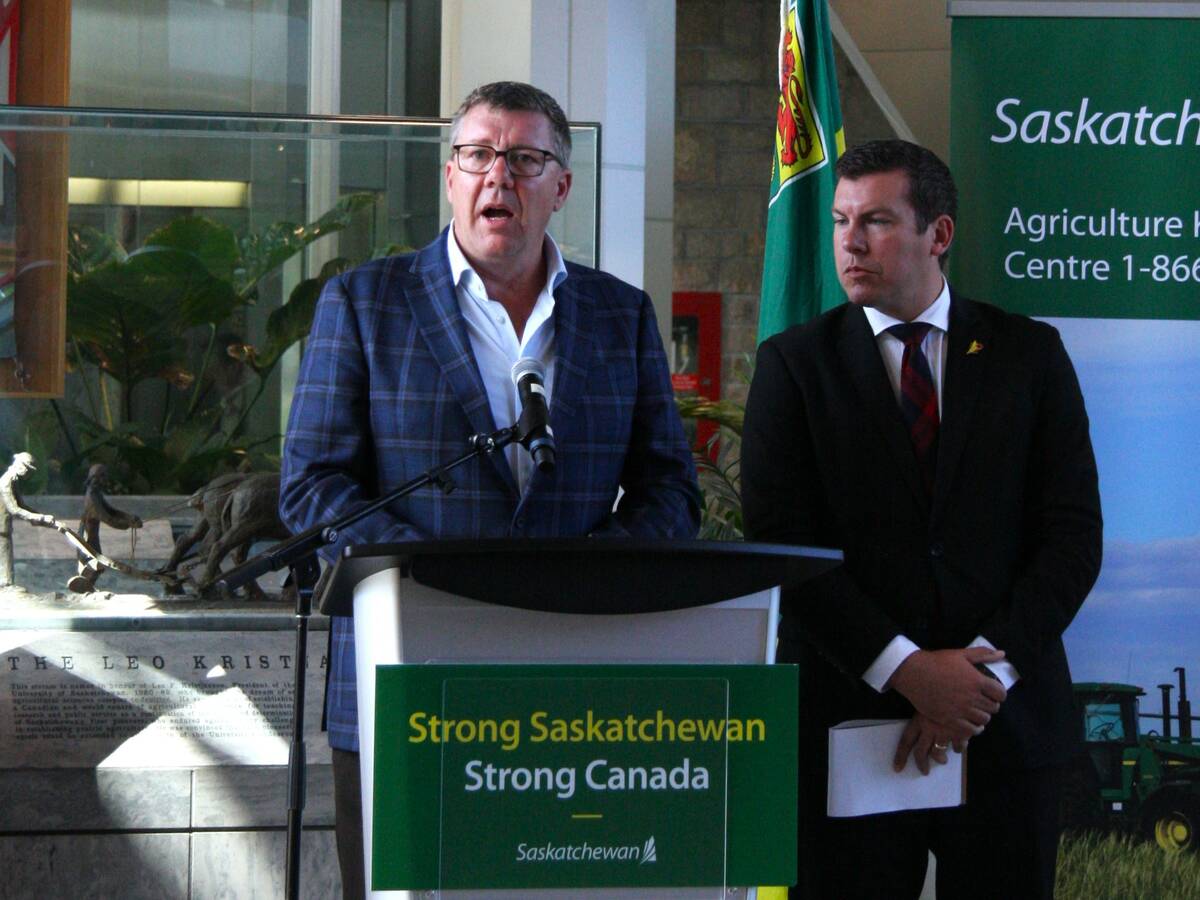REGINA – Fertilizer and moisture are like figure skating pairs – they are much more together than apart.
Research by Dan Pennock, of the department of soil science at the University of Saskatchewan, has confirmed what most farmers know: Soil on knolls is less fertile than that at the bottom of the slope.
One year of research at three dryland sites in Saskatchewan showed the yield on knolls was down one-quarter to one-third compared to lower slopes.
But the natural inclination to boost fertilizer use on high ground is not necessarily right, Pennock told the annual meeting of the Saskatchewan Soil Conservation Association.
Read Also

Key actions identified to address canola tariffs
Federal and Saskatchewan governments discuss next steps with industry on Chinese tariffs
“What we have found to date is that the knolls have lost a lot of fertility, but moisture rules. Crop response on knolls is limited by moisture.”
But pouring on the fertilizer in moist bottom land might not be the best idea either, if it leads to heavy crop that lodges, he said.
Jeff Schoenau, also of the department of soil science, said the moisture-fertilizer connection highlights the importance of conservation farming.
“Stored soil moisture is money in the bank,” he said.
“When we conserve residue with practices like direct seeding, we go a long way toward making life easier for us. You reduce soil moisture variation by reducing runoff and even out available moisture across farm fields”
If the moisture is there, then variable rate applications of fertilizer can work, he said.

















